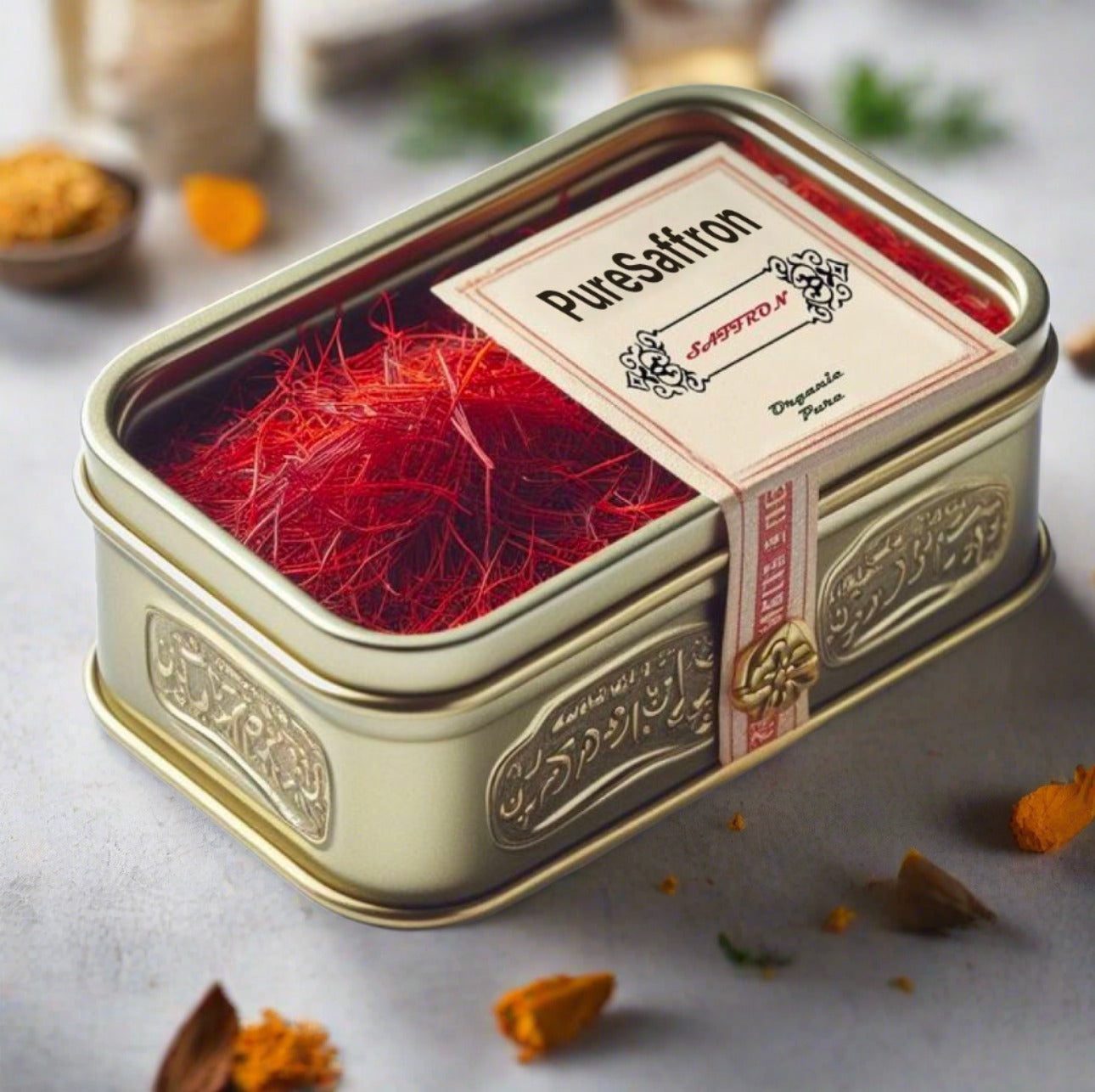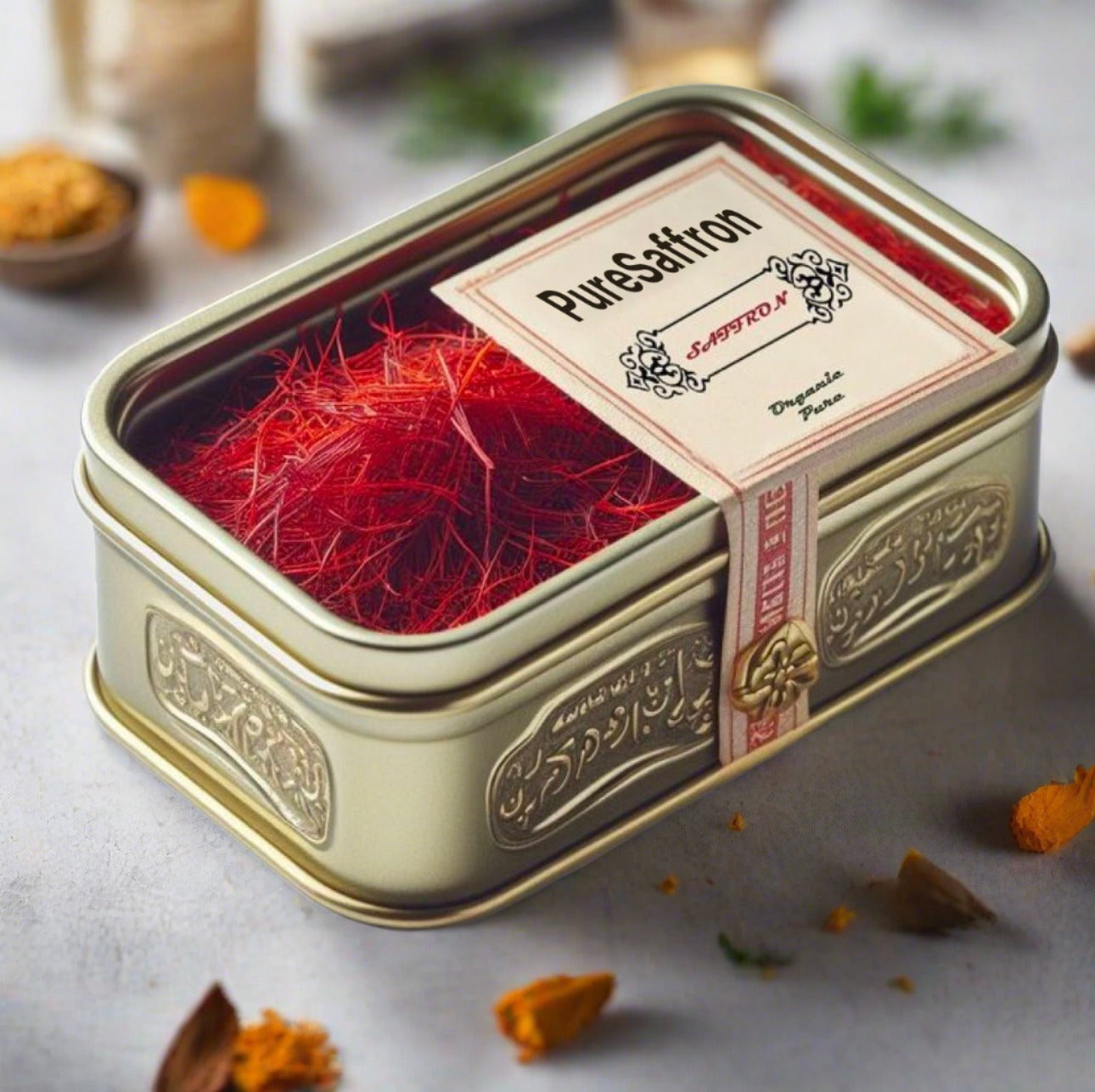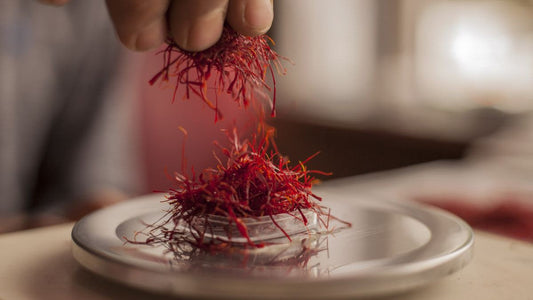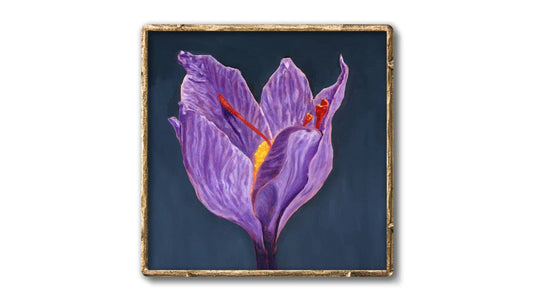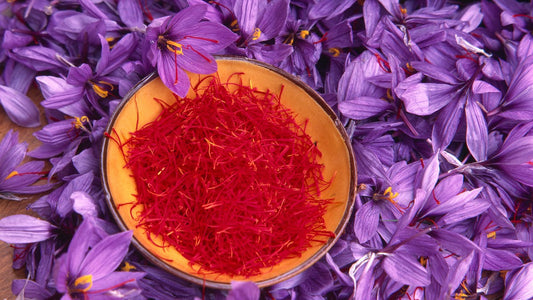
Top Saffron Storage Tips to Keep Your Saffron Fresh and Flavorful
Ara OhanianShare
Saffron, often referred to as the "red gold," is one of the most precious and delicate spices in the world. Its unique aroma, vibrant color, and exquisite flavor make it a cherished ingredient in kitchens globally. Given its value and sensitivity, storing saffron properly is essential to maintain its quality and extend its shelf life. In this guide, we’ll share the ultimate saffron storage tips to help you preserve this incredible spice effectively.
Why Proper Saffron Storage Matters
Improper storage can result in saffron losing its potency, flavor, and aroma. The active compounds in saffron, such as crocin (responsible for its color) and safranal (responsible for its aroma), are sensitive to environmental factors like light, air, and moisture. By following the best saffron storage tips, you can ensure that your saffron remains as vibrant and flavorful as the day you purchased it.
Key Factors That Affect Saffron's Quality
To understand how to store saffron correctly, it's important to be aware of the factors that can compromise its quality:
- Light: Exposure to direct sunlight or bright light can degrade saffron’s chemical properties, reducing its potency over time.
- Air: Prolonged exposure to air can lead to oxidation, which diminishes saffron’s aroma and flavor.
- Moisture: Saffron is highly sensitive to humidity, which can cause it to clump or even develop mold.
- Heat: High temperatures can break down saffron’s delicate compounds, making it lose its vibrant color and aroma.
By controlling these elements, you can keep your saffron fresh for extended periods.
Top Saffron Storage Tips to Preserve Freshness
Here are the most effective saffron storage tips that you can follow to ensure your saffron stays fresh and retains its quality:
1. Store in an Airtight Container
Always keep your saffron in an airtight container to protect it from air and moisture. Glass jars with tight-fitting lids or food-grade stainless steel containers are excellent options. Avoid using plastic containers as they might allow air to seep in.
2. Keep It in a Cool, Dark Place
Store your saffron in a cool and dark place, such as a pantry or cupboard. Avoid placing it near windows or in areas with fluctuating temperatures, like above your stove. Ideal storage conditions are around 20°C (68°F) with low humidity.
3. Avoid Refrigeration
While it might be tempting to refrigerate saffron to extend its shelf life, this is not recommended. The cold, moist environment of a refrigerator can lead to condensation, which can degrade the quality of the saffron.
4. Use Minimal Handling
Handle saffron as little as possible to prevent contamination. When you need to use it, use clean, dry utensils or your hands to avoid introducing moisture or oils that can affect its quality.
5. Keep Away from Strong Odors
Saffron can absorb strong odors from its surroundings, which can alter its flavor. Ensure that it is stored away from pungent spices, cleaning agents, or other aromatic substances.
How Long Can Saffron Be Stored?
When stored properly, saffron can last up to two to three years while retaining most of its quality. However, its potency will gradually decline over time. For the best flavor and aroma, it’s recommended to use saffron within one year of purchase.
Signs That Your Saffron Has Gone Bad
Even with proper storage, saffron may eventually lose its quality. Look out for these signs that indicate your saffron has gone bad:
- The threads have lost their vibrant red hue and appear dull.
- The aroma is faint or nonexistent.
- The flavor is weak or bland when steeped in water or added to food.
- The saffron has developed a musty or off smell, which could indicate mold or contamination.
If you notice any of these signs, it’s best to discard the saffron to avoid compromising your dishes.
How to Test Saffron’s Freshness
To determine if your saffron is still fresh, you can perform a simple test:
- Take a few saffron threads and steep them in warm water or milk for 5-10 minutes.
- If the liquid turns a bright yellow-orange color and releases a strong, pleasant aroma, your saffron is still fresh.
- If the color is weak or the aroma is faint, it may be time to replace your saffron.
Where to Buy Premium Quality Saffron
Proper storage begins with purchasing high-quality saffron. Ensure you buy your saffron from a reputable source to guarantee its freshness and authenticity. If you're looking for premium-grade Persian saffron, check out our Pure Saffron products. Our saffron is carefully sourced and packaged to ensure optimal freshness and quality.
FAQs About Saffron Storage
-
Q: Can I store saffron in the freezer?
A: No, freezing saffron is not recommended as the cold environment can cause condensation, which may degrade its quality. -
Q: How should I store saffron powder?
A: Saffron powder should be stored in an airtight container, away from light, heat, and moisture—just like saffron threads. -
Q: Can saffron absorb odors?
A: Yes, saffron can absorb strong odors from its surroundings, so it’s important to store it away from pungent substances. -
Q: How can I keep saffron fresh for a long time?
A: Use an airtight container, store it in a cool, dark place, and avoid exposure to light, air, and moisture. -
Q: What is the shelf life of saffron?
A: When stored properly, saffron can last up to 2-3 years, but it’s best to use it within one year for optimal flavor and aroma.
